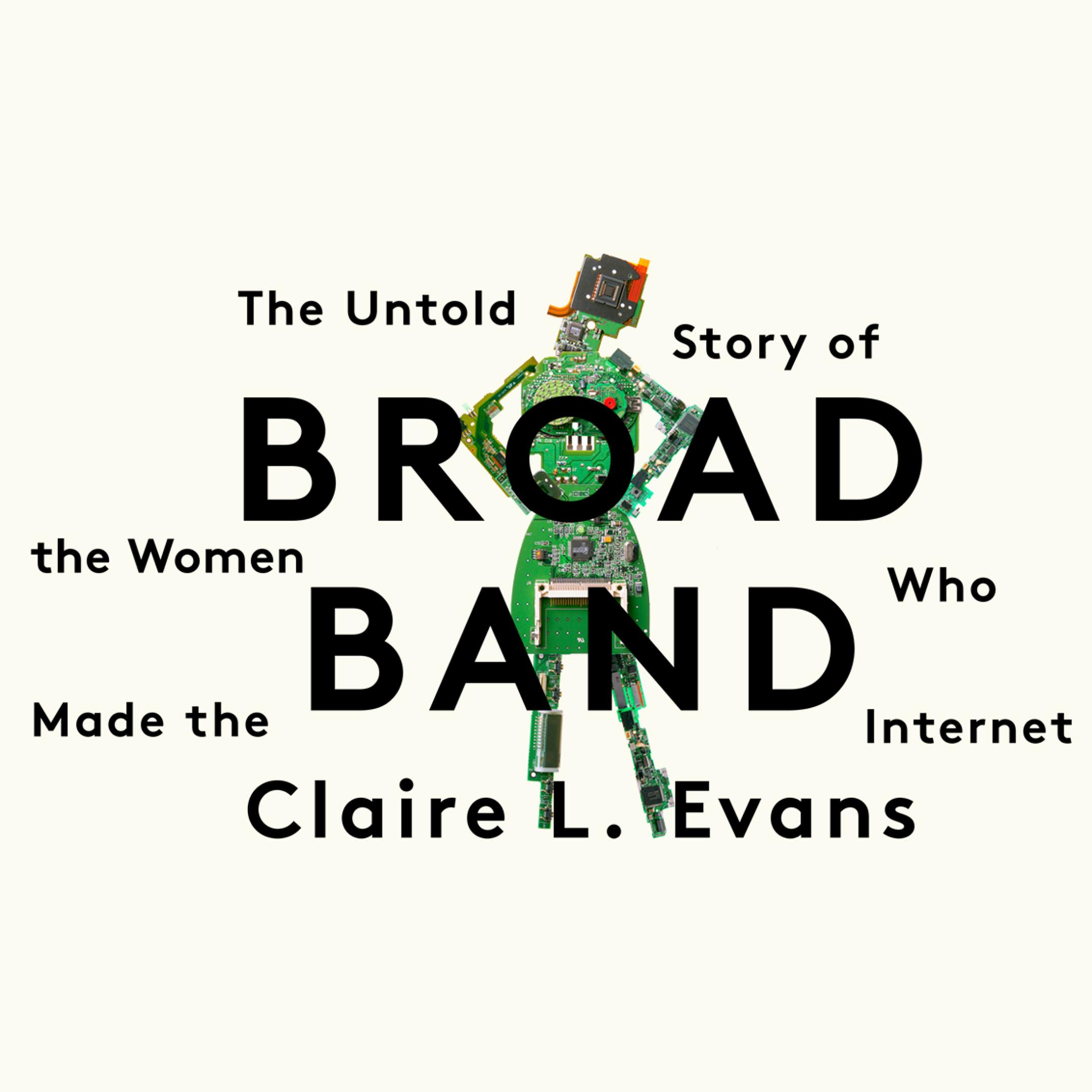
News
Reprogramming Computer Science Education
More than 1,100 schools are recognized by the College Board for closing the female diversity gap in and out of the classroom
Like many students during the past year, Nicaurys Arnoat Perez struggled in the pandemic. Besides the difficulties of remote learning and the uncertainty of shifting rules and regulations, she has also seen family members affected by the coronavirus, including some who lost their lives.
But the senior at University Heights School in New York’s South Bronx found a degree of comfort in school—particularly Nathan Weber’s AP Computer Science A class.
“It helped me gain more confidence and improve my problem-solving skills,” Nicaurys says. “The class opened a door for me and helped me branch out and ultimately helped me develop an interest in biomedical engineering.”
Other students in Weber’s class shared similar experiences of growth and encouragement. And while that’s a testament to Weber’s ability as a teacher, it also reflects the expectation-defying makeup of his classroom.
“I was aware that computer science is male-dominated, so walking into class and just seeing that a majority of the students were actually female made me feel a lot more comfortable and supported,” Luisanny Del Orbe says.

Courtesy Argonne National Laboratory (left), NASA (right)
In its earliest days, computer science and engineering was dominated by women like Jean F. Hall (left), who helped operate the AVIDAC in the 1950s, and Mary Jackson (right), who in 1958 became NASA’s first black female engineer.
Stories like those—and the achievements they lead to—helped University Heights earn a 2019-20 AP Computer Science Female Diversity Award. It is one of 1,119 schools to receive the award, the College Board announced Monday.
To be considered, an institution must meet one of two benchmarks. It must have 50% or greater female examinee representation in AP Computer Science A or AP Computer Science Principles, or both. Or, conversely, a school must have “a percentage of the female computer science examinees meeting or exceeding that of the school’s female population during the 2019-20 school year.”
Winning the award reflects the work of teachers and students, but it also shines a spotlight on classrooms closing stubborn diversity gaps. The image of the computer science professional is less monochromatic, less “bro”-dominated than it was even five years ago. But the stereotype of the white dude programmer does still dominate the field.
A Gallup-Google survey of K-12 students and educators released in September 2020 found girls are still less likely than boys to be told by a teacher or parent that they would be good at computer science, are still less likely than boys to be very confident in learning computer science, and are still less likely to pursue a computer science job or career. The data also shows that while Black students are more confident in their computer science skills than White or Hispanic students, they are less likely to have learned any computer science, and are less likely to have computer science classes offered at their school.

Eddy Chen/HBO
The stereotype of the dude programmer was given the HBO treatment in the series "Silicon Valley."
“Today’s students need the power to shape technology, not just cope with it,” says Stefanie Sanford, College Board Chief of Global Policy and External Relations. “Young women deserve an equal opportunity to become the next generation of entrepreneurs, engineers, and tech leaders. Closing the gap in computer science education empowers young women to build the future they want.”
Key to that empowerment are instructors like Nathan Roller, who teaches AP Computer Science Principles at Alliance Gertz-Ressler High School in Los Angeles. He recommends every student take the class, not just young men, as “a great introduction to computer science and a way for students to get into the field with a relatively low floor.”
“Female students enjoy the accessibility of the course, and many find the material interesting because they haven't seen it before,” Roller adds. “I've had female students tell me they are now interested in going into computer science after having taken the course.”
Elizabeth Jacob stresses potential career opportunities to her AP Computer Science students. Jacob also teaches at University Heights, and her classrooms are predominantly female and represent a diversity of backgrounds, from Spanish speakers and those of West African descent to students with special needs.
“I have been telling my students more than one million jobs go unfilled due to lack of technical knowledge in the U.S.,” Jacob says. “Not only will the study of computer science help build their computational thinking, but it can help our students find lucrative tech jobs.”

eyecrave/Getty Images
Young women have been making gains in computer science thanks to opportunities in the classroom and courses like AP Computer Science A and AP Computer Science Principles.
But, she adds, computer science can also help her students decode the systems shaping their everyday lives—and provide the tools to reprogram them.
“Computer science knowledge is essential to building a strong foundation of informed citizens who are alert to injustice caused by technology-related biases,” Jacob says. “This is a course all students should have an opportunity to take, not only to increase their civic knowledge and prepare them to make wise choices but also as a consumer and global citizen with a knowledge of basic technology.”
Those outcomes will only be realized with greater parity in computer science education. And even though gender and racial gaps persist, the recipients of this year’s Female Diversity Award demonstrate that they are not immutable.
“Being able to get this award to boost our school and every other school, it shows females are getting there,” Nicaurys says. “And we're going to break that ratio of two or three men to every woman in computer science.”


